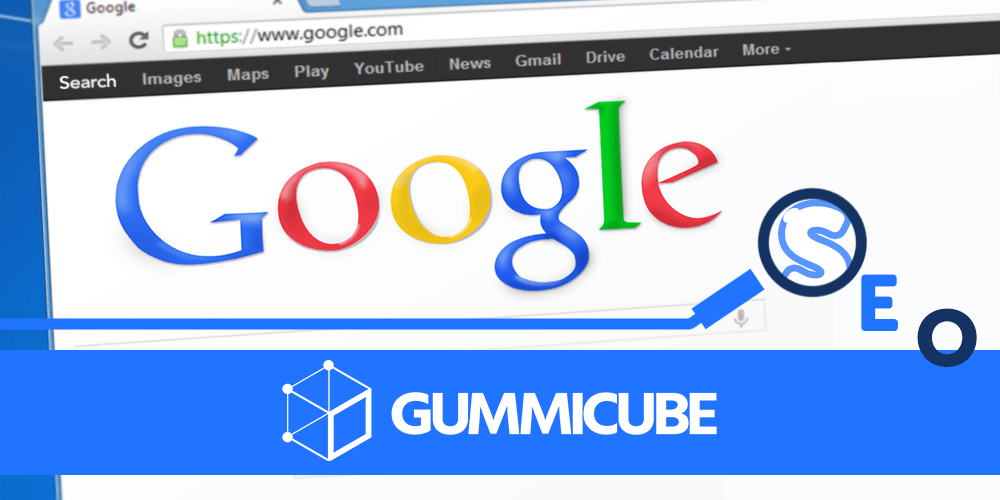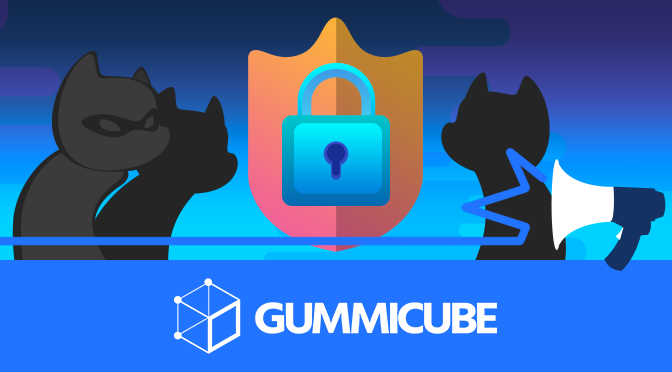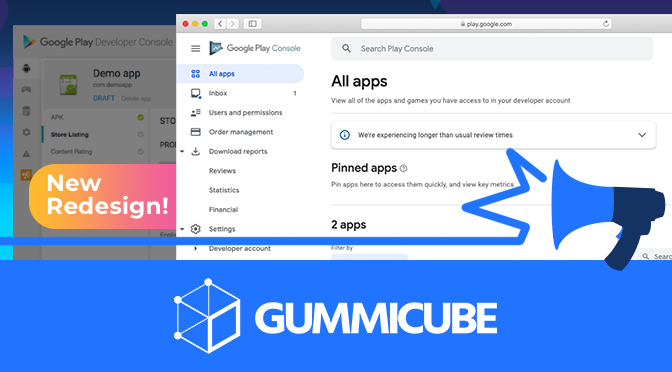
App Store Holiday Schedule 2020
Posted on November 23rd, 2020
When is the App Store Holiday Schedule 2020? Learn about the dates of this year's shutdown and how to prepare.

On July 10, Google unveiled new marketing tools designed to help marketers create more effective ads. This will provide marketers with machine learning technology, so that they can create more responsive search ads, maximize performance and better reach their revenue goals. Google’s announcement includes four new products:
Responsive Search Ads, which uses machine learning to find the best performing ads for search categories
According to the company, advertisers already testing these services have seen a 15 percent increase in clicks.
Machine learning uses statistical techniques to let computers utilize data to continually improve and “learn” from a certain task. With machine learning, it’s possible to analyze vast amounts of data to find actionable insights and identify patterns, which can be utilized for marketing purposes. Essentially, it is possible to use machine learning to identify consumer trends and habits so that ads can better target them. This is a great tool for marketers, so Google’s new products will be useful in a variety of fields.
Local Campaigns is designed strictly for physical stores, and thus has minimal applications for app marketing. However, retailers that have apps, including rewards programs, can still benefit from it if it brings customers to their physical stores and encourages them to utilize the store’s app. With Responsive Search Ads, marketers can provide headlines and description lines, which Google’s machine learning will use to determine what is performing best for various search queries. This means app advertisements can display more frequently in front of relevant audiences. For instance, ads for mobile games will show up in searches for similar topics, or ads for vacation apps will appear when someone is searching for travel sites. The Maximize lift product is designed for advertisements on YouTube. App developers can, however, take advantage of this product due to YouTube being a great place to advertise apps. 51% of marketing professionals worldwide state that video content provides the best ROI, and 64% of consumers make purchases after seeing social videos, making it a valuable tool for advertisements. Marketers can make video ads to play before videos relevant to their apps and Maximize lift’s smart bidding strategy will ensure they get the maximum impact from their ads. Smart Shopping campaigns is the most niche, as it will only be useful for shopping apps. With machine learning, marketers can optimize where their shopping ads show and simplify campaign management. While this feature is more geared towards mobile websites than apps, developers can chain this new feature together with supplementary marketing strategies to the advantage of both platforms. For instance, Smart Shopping campaigns can capture the initial mobile web user, where implementation of a Smart Banner can drive users to download the app- which has been shown to have more long-term user engagement than the mobile web. This can create a more engaged user and have further retention opportunities such as sending push notifications about deals on items in their wish list.
Google’s new machine learning tools for advertisements will be useful for a wide range of marketers, but app developers can also benefit from them to target more niche audiences. The new products can help ads for apps reach relevant users on YouTube and in search ads, which developers can use to direct users to their app store pages. Developers will need to ensure that once users have found their product page, that they’ve created an ASO strategy to optimize it. The combination of Google’s new products and ASO will seriously help developers bring in new app installs.

When is the App Store Holiday Schedule 2020? Learn about the dates of this year's shutdown and how to prepare.

Apple's App Store Guidelines have strict privacy requirements. Developers now must provide information to users on the App Store listing regarding the data they access.

The Google Play Developer Console has been updated with a new design and adjusted tools. What's different, and how will it impact App Store Optimization?